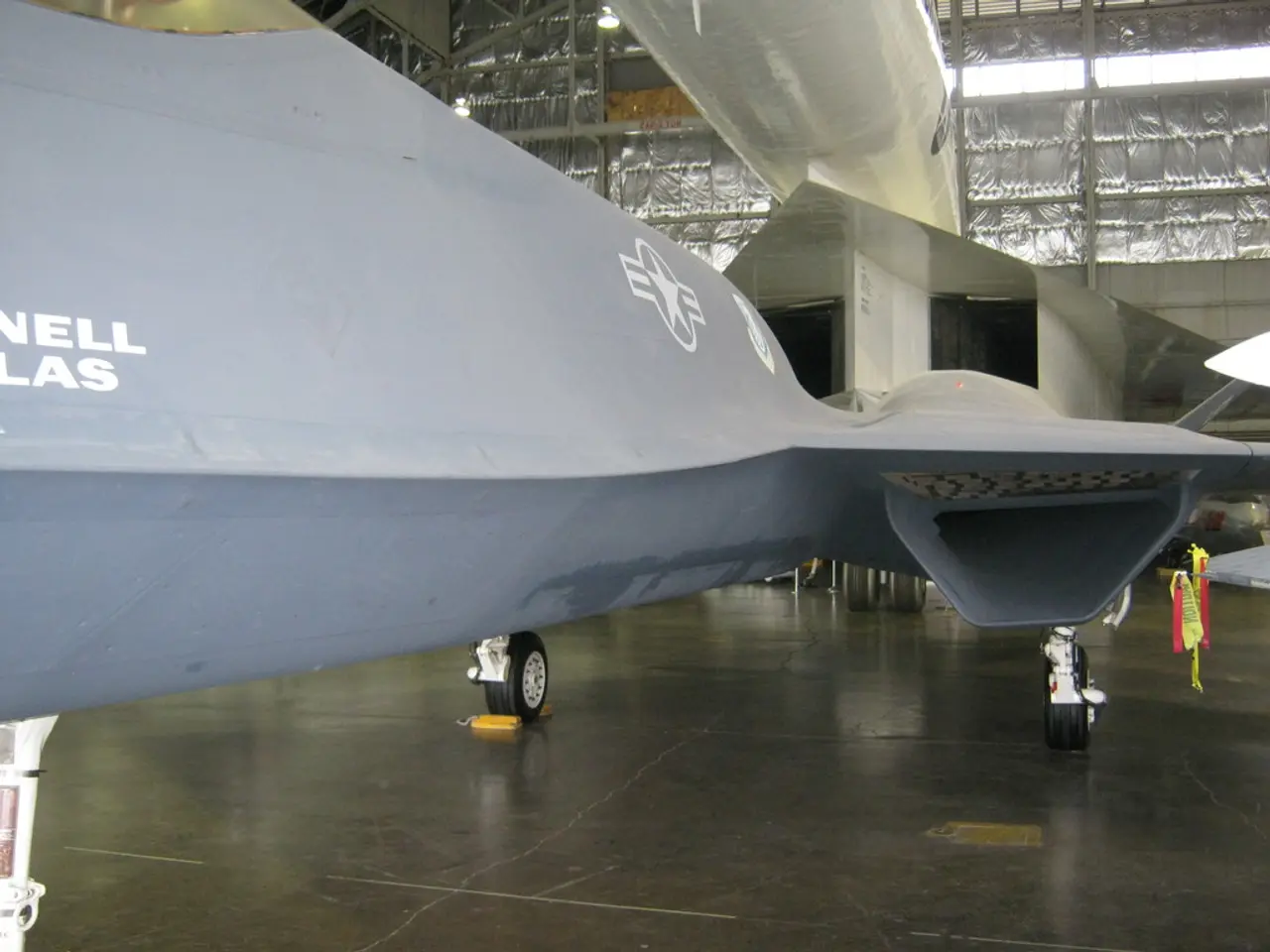Air India plans to halt flights between Delhi and Washington, effective from September onwards.
Air India, the national carrier of India, is facing a double challenge with the suspension of its long-haul operations due to an aircraft shortage and the continued closure of airspace over Pakistan. This situation is a setback for the airline, which is already under heightened regulatory scrutiny.
The closure of Pakistan's airspace, a measure that has been in place since April 2025 amidst heightened regional tensions and security concerns, forces Indian carriers, including Air India, to take longer alternative routes. This results in increased flight distances, longer travel times, higher fuel consumption, and increased operating costs for Air India's long-haul international flights to destinations such as Europe and Central Asia.
The ongoing airspace closure is not only disrupting Air India’s long-haul flights but also causing financial losses. The financial impact is significant due to increased expenses and potential capacity reductions on affected routes. Moreover, the closure causes a loss of overflight fee revenues for Pakistan, highlighting a financial downside for Pakistan’s aviation sector.
Air India's challenges are compounded by the crash in June that resulted in the death of 260 people, and the planned upgrades to its aging Boeing planes. The upgrades are aimed at addressing the issues with Air India's aging fleet, causing a temporary aircraft shortage.
In response to the aircraft shortage, Air India has announced the suspension of services between New Delhi and Washington, DC, starting September 1. However, passengers will still have options to choose flights to Washington, DC, with layovers at New York, Newark, Chicago, and San Francisco with interline partners Alaska Airlines, United Airlines, and Delta Air Lines.
The closure of airspaces by India and Pakistan occurred following a fatal attack on civilians in Indian Illegally Occupied Jammu and Kashmir. New Delhi has accused Islamabad of being responsible for the attack, an accusation which Islamabad has denied. The conflict between the two nations resulted in the worst fighting between the neighbors in decades.
The closure of Pakistan's airspace is estimated to cost Air India $600 million over 12 months, according to a report by Reuters. Despite these operational challenges, Indian airlines have maintained service continuity by using alternative airspaces, but the financial impact is significant due to increased expenses and potential capacity reductions on affected routes.
Sources:
[1] https://www.reuters.com/article/us-india-pakistan-airspace/india-says-pakistan-airspace-closure-to-cost-airlines-600-million-over-12-months-idUSKCN1VW2U5
[2] https://www.ndtv.com/india-news/pakistan-airspace-remains-closed-for-indian-civil-aircraft-till-august-24-2025-2517202
[3] https://www.bbc.com/news/world-asia-india-57363093
[4] https://www.thehindu.com/news/national/pakistan-airspace-closure-to-hit-air-india-hard/article31198919.ece
[5] https://www.livemint.com/news/india/pakistan-airspace-remains-closed-for-indian-civil-aircraft-till-august-24-2025-11628963101188.html
The closure of Pakistan's airspace, impacting Air India and other Indian carriers, is causing increased operating costs and potential capacity reductions on long-haul international flights, leading to significant financial losses for the aviation industry. This situation, coupled with Air India's aircraft shortage due to planned upgrades of its aging fleet, poses a challenge to the transportation and finance sectors of the business world.




